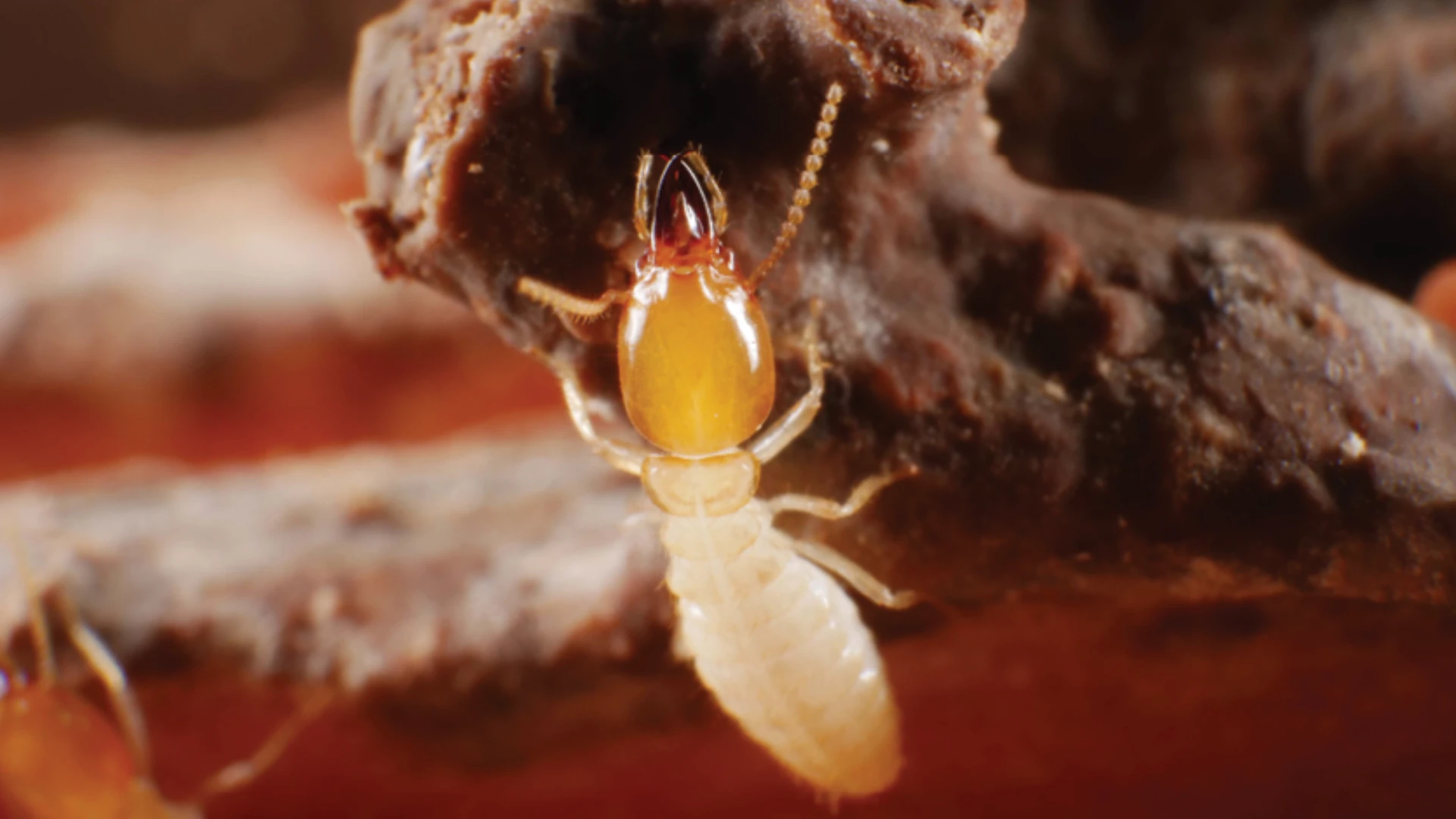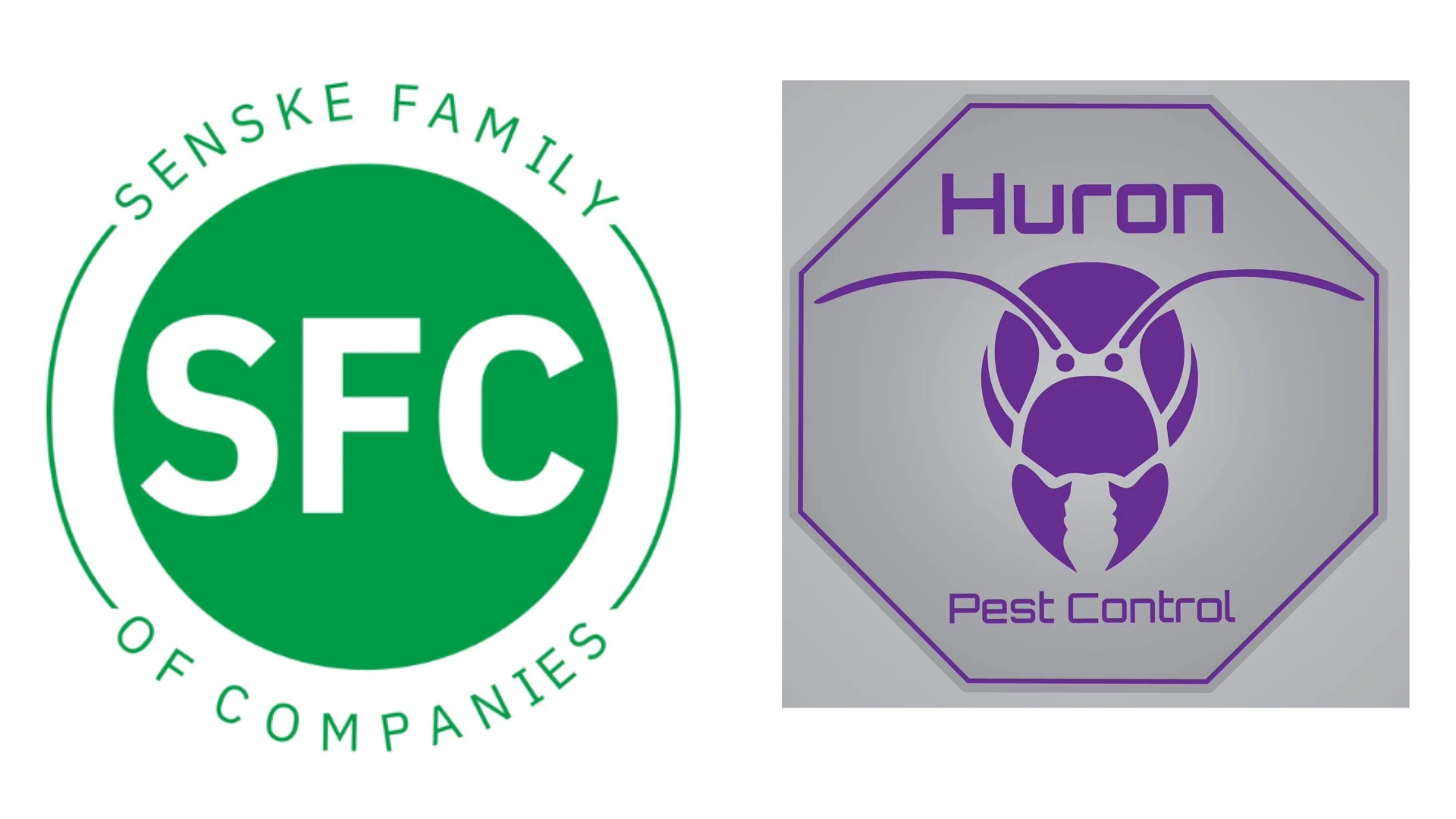Ants are annoying pests that make our phones ring. When the phones ring, the customer expects to have someone come to his or her home with a magic solution to make every ant disappear by the time you walk out the door. That would be nice, wouldn’t it? But that’s a dream world that doesn’t exist. In the last few years, baits have come to be the accepted way to treat ants. There are so many formulas and baits available it makes your head spin. In addition, there is a wide variety of stations from which to choose. You should ask yourself: "Do I bait them inside, outside or both? Should I try non-repellents? Inside or outside?" So what should you do?
STEPS TO TAKE. The inspection is the place to start for ant control. While inspecting, ask yourself, "Why are the ants here? Is it food or water? Did it just rain for three days and they were flooded out of their nests? Is it dry outside and they moved inside for moisture? Is there a moisture source inside the house?"
Next, identify the species. In my area (St. Louis), we usually find odorous house ants, acrobat ants or carpenter ants. If you crush the ant and it has a rotten coconut odor, it is likely an odorous house ant. If it has a heart-shaped abdomen, it is probably an acrobat ant. If it is a large black ant, it may be a carpenter ant. Odorous house ants could be in the wall or coming from a trail outside. I have seen acrobat ants in a metal door, throwing out the foam insulation like frass. But even then, I was able to find a long trail from the outside. If you find an outside trail, try to find the nest. If you find the nest, it may be a quick solution to the problem. Sometimes you cannot find an outside nest area and you will have to look for a harborage inside. Start from where you see live ants and try to follow trails to nests.
If you are unable to find a nest either inside or outside, but you find an entry into the house, try to dust into that area. This can confuse the ants or make them run for cover. If you then put out some bait, they may be more likely to find it in their frantic state.
Inside I normally use gel baits, usually within some type of a station that is fairly flat, so it can slide under a dishwasher, or be placed under a sink or wherever you may be seeing the ants. With gel baits, I usually offer a smorgasbord. I place several baits together in the same stations to increase the likelihood of acceptance. When using baits, educate customers and inform them that they may see an increase in the number of ants for one-and-a-half to two weeks while the ants are taking the bait back to the colony. That increase is a good thing — more workers are taking it back to the nest. Allow the bait to do its job and not get too anxious. Most of all, warn customers that they should not contaminate the bait with household products or insecticides.
OUTDOORS. Outside I prefer to use a liquid bait in a station or a granular bait spread in the area you see the ants. As part of our company’s regular ant program, we choose to use liquid baits with outside stations. I believe this choice saves a lot of callbacks. If you use a liquid station, you need one that has something inside the station for the ants to crawl on or the ants will drown in the liquid and not take the bait back to the colony. If the station you choose does not have a matrix to crawl on, go to a heating and cooling company and buy a roll of blue furnace filter, cutting it into pieces to place in each station. This works well. A properly placed station outside a kitchen or a bathroom will frequently solve the problem. Place the station near an edge, close to their path, so they will find it easily. I have used several different kinds of liquid baits with similar results. Most of them are sugar water with borax.
We have found that this type of program works about 90 percent of the time (meaning we are able to eliminate the ants in one service). About 10 percent of the time you have an account that requires more than one service. When you return for the second service, first interview the customer. Ask him or her where the ants have been seen (has the location changed). Did the customer try anything? If the stations were sprayed with anything, they may have been contaminated. Has the customer seen an increase or a decrease in the number of ants?
Check the stations and see which baits were accepted and which were not accepted. Look again for colonies you might have missed or new trails leading to new harborages. Re-inspect the job as if you had not been there before to see if you missed anything the first time. Again, your best approach is if you can find that trail that leads from outside and follow it to an outdoor nest.
Ants can be confusing and challenging, but as with any other pests, resolution of the problem can bring great satisfaction to both you and your customer.
The author is president of Holper Pest & Animal Solutions, St. Louis, Mo. He can be reached at jholper@giemedia.com.

Explore the April 2005 Issue
Check out more from this issue and find your next story to read.
Latest from Pest Control Technology
- Webinar: Employee Incentives — Going Beyond the Annual Raise
- Pest Control Companies Helping Neighbors in Need Eradicate Bed Bugs
- Why Does Marketing Feel So Opaque?
- How Did This Pest Get Its Name?
- Rose Pest Solutions Honors Top Performers with Annual Chief’s Club Awards
- Doug Foster on Termite Control Equipment, Resources
- Pest Control Consultants Acquires EcoGuard Pest Control
- Pest Index Increased 9 Percent YOY in February





